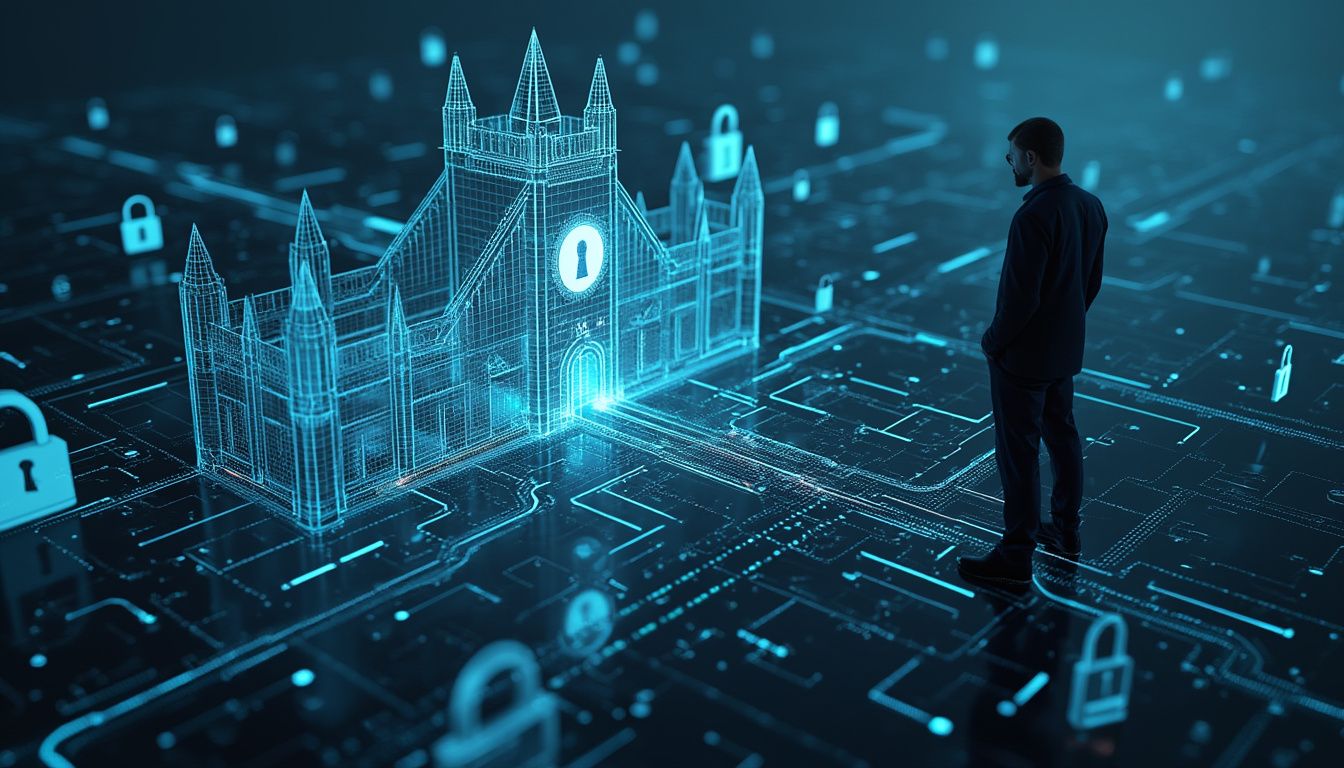The Zero Trust Model
Definition
The zero trust model is a cybersecurity approach that assumes no user, device, or connection can be trusted by default. It operates on the principle of “never trust, always verify,” ensuring that every access request is authenticated and authorized, regardless of the user’s location or previous verification.
History
The concept of zero trust has its roots in the early 2000s, although the tern itself was first coined in a different context in 1994 by Stephen Paul Marsh in his doctoral thesis. Here’s a brief narrative of its evolution:
- 2003-2004: The Jericho Forum, an international security consortium, highlighted the limitations of perimeter-based security and introduced the concept of “deperimeterization,” which involved multiple levels of security controls such as encryption and data-level authentication.
- 2010: Forrester Research analyst John Kindervag popularized the term “zero trust” in a report, emphasizing the need to abandon implicit trust within and outside organizational networks.
- 2011: Google’s BeyondCorp initiative, developed in response to the Operation Aurora cyber attack, further solidified the zero trust concept by enabling secure access to corporate resources without the need for a VPN.
- 2018: Forrester introduced the Zero Trust eXtended Ecosystem, and NIST published SP 800-207, providing guidelines for zero trust architecture. This marked a significant milestone in the widespread adoption of zero trust principles.
Examples
Here are a few examples of how the zero trust model has impacted businesses:
- Google’s BeyondCorp: By implementing a zero trust architecture, Google ensured that its employees could work securely from anywhere without compromising the security of its corporate resources. This approach has been particularly effective in reducing the risk of insider threats and external attacks.
- Federal Agencies: Federal agencies, which are prime targets for cyberattacks, have adopted zero trust architectures to protect their sensitive data. This has significantly improved their cybersecurity posture and reduced the risk of breaches.
- Enterprise Adoption: Companies adopting zero trust have seen a reduction in downtime and reputational damage due to cyberattacks. For instance, by implementing strong IAM controls and continuous monitoring, organizations can quickly detect and respond to threats, minimizing the impact of a breach.
Insight
To mitigate risks associated with traditional security models, consider the following actionable tips:
- Implement Strong Identity and Access Management (IAM): Ensure that all users, devices, and applications are authenticated and authorized before accessing any resources. Use multi-factor authentication and least privilege access to limit the scope of potential breaches.
- Continuous Monitoring and Adaptive Protection: Regularly monitor your network and systems for anomalies and implement adaptive protection measures that can respond to threats in real-time.
- Segment Your Network: Divide your network into smaller segments, each with its own set of access controls. This helps to limit the spread of an attack if a breach occurs.
Call to Action
In today’s complex and interconnected world, adopting a zero trust model is crucial for maintaining robust cybersecurity. To learn more about how our services can help you implement a zero trust architecture, including security assessments, strategic consulting, and Fractional CISO services, contact us for a free consultation.
Our team of experts is dedicated to helping small-to-mid-sized companies enhance their cybersecurity posture and protect their valuable assets. Don’t wait until it’s too late – take the first step towards a more secure future today.

